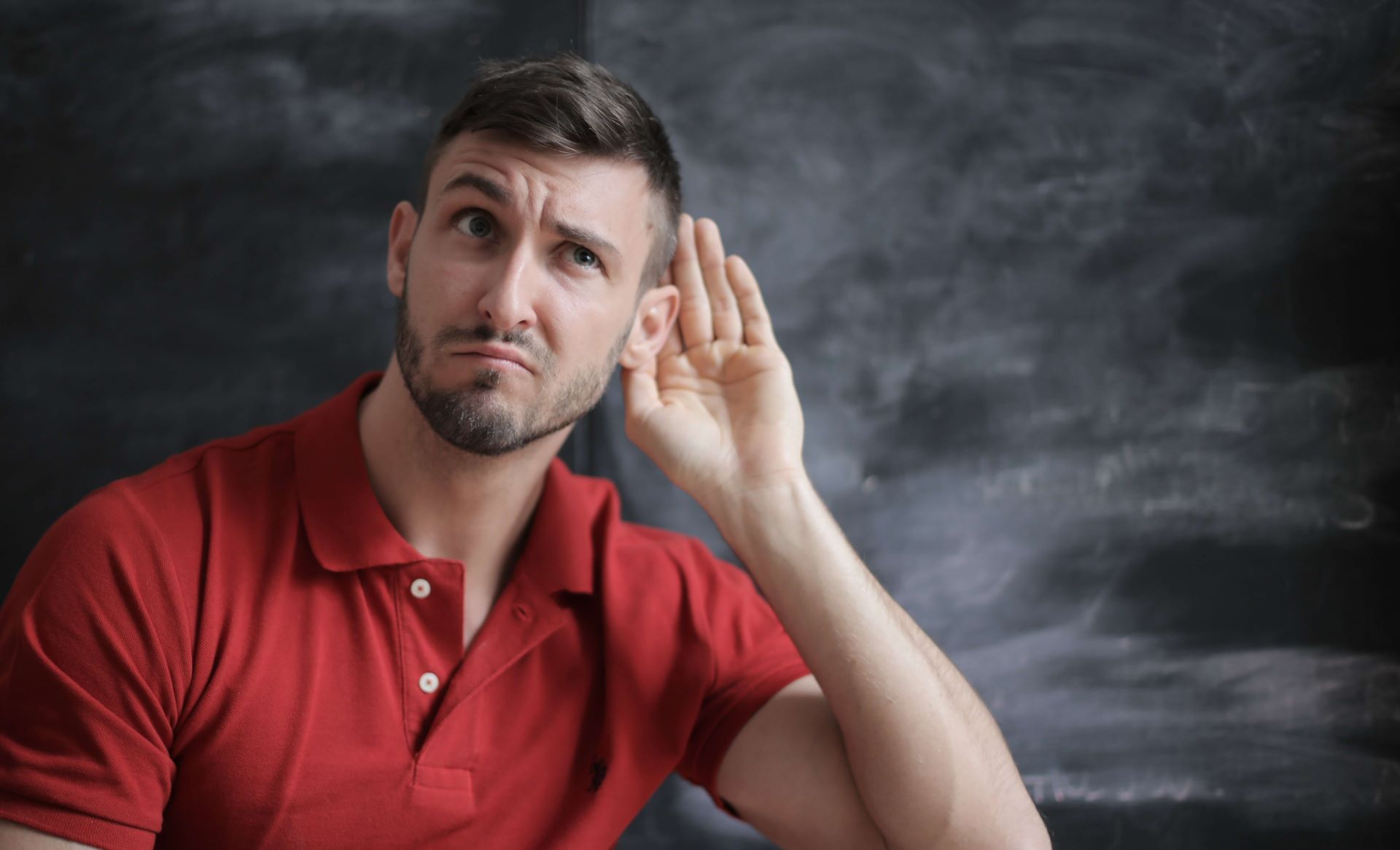Hearing loss is a common ailment that affects millions of people globally. Mixed hearing loss, which combines aspects of both conductive and sensorineural hearing loss, is one less frequently addressed type of hearing loss.
Table of Contents
What Is Mixed Hearing Loss?
The term “mixed hearing loss” describes a situation in which a person has both conductive and sensorineural hearing loss.
Conductive hearing loss happens when the outer or middle ear issues, such as earwax obstruction or injury to the eardrum or middle ear bones, prevent sound waves from reaching the inner ear. Contrarily, sensorineural hearing loss is caused by damage to the auditory nerve or the inner ear and is frequently brought on by aging, exposure to noise, or genetics.
Mixed Hearing Loss: Development
Imagine this: You’re relaxing with your favorite music on a calm evening when you realize that the melodies aren’t as vivid as they used to be. Conversations become difficult, and you find yourself asking them to repeat themselves more frequently. Welcome to the realm of mixed hearing loss, where two types of hearing loss combine to produce a symphony of difficulties for your ears.
Mixed hearing loss is a hearing difficulties tag team. First, there’s conductive hearing loss, which can occur as a result of earwax buildup, ruptured eardrums, or difficulties in the middle ear. It’s like trying to enjoy a symphony while wearing earplugs.
Then there’s sensorineural hearing loss, the star of sensory issues. This condition is caused by inner ear damage due to reasons like aging, harsh noises, or heredity, which results in distorted and muffled sounds.
When these two hearing problems team up, it’s like a cacophonous clash, making everyday life a listening challenge.
What Are the Symptoms of Mixed Hearing Loss?
Mixed hearing loss may creep up on you, and its symptoms offer a window into a world of auditory difficulties. Consider viewing a movie with the sound muted and the conversation jumbled. That is how mixed hearing loss might seem.
Some of the symptoms are:
- Difficulty Hearing Conversations: People with mixed hearing loss frequently find it difficult to hear and comprehend conversations, especially in noisy settings.
- Muffled or Distorted Sounds: Distinguishing speech or other auditory cues may be difficult because sounds may look muffled or distorted.
- Ear Pain or Discomfort: Some sufferers of mixed hearing loss may feel pain or discomfort in their ears, especially if an ear infection or other trauma contributed to their condition.
- Ringing in the Ears (Tinnitus): As a common sign of mixed hearing loss, tinnitus, a continuous ringing, buzzing, or hissing noise in the ears, may occur.
- Balance Issues: Damage to the inner ear, which is essential for maintaining balance, can cause balance issues or dizziness.
- Gradual Hearing Decline: Individuals with mixed hearing loss frequently don’t detect changes in their hearing until they become serious since mixed hearing loss frequently becomes worse gradually over time.
These symptoms can have an influence on your everyday life and relationships, but keep in mind that mixed hearing loss is curable. If you feel you’re experiencing these symptoms, it’s time to see a hearing specialist for a thorough assessment and customized remedies to help you restore aural clarity.
Mixed Hearing Loss & Its Impact on One’s Professional Life
Mixed hearing loss can have a substantial influence on one’s working life, providing special obstacles in a variety of vocations. Here are several occupations where combined hearing loss might be detrimental:
- Education: Understanding and being understood are critical in the changing world of education. A combined hearing loss may make it difficult for instructors to successfully interact with their pupils.
- Healthcare: In the high-stakes world of healthcare, good communication can be the difference between life and death. Healthcare personnel must pay close attention to patients and work effortlessly with their colleagues.
- Emergency Services: To protect and assist, first responders such as police officers and firemen rely on quick communication. A combined hearing loss might cause them to respond slowly and threaten public safety.
- Construction: Hearing instructions and cautions in loud situations are critical in the construction sector, where safety is important. This crucial component of the profession might be hampered by simultaneous hearing loss.
- Music & Entertainment: Those in the music and entertainment industries rely on their acute hearing to create and enjoy art. A combined hearing loss may impair their capacity to generate or comprehend sound subtleties.
- Customer Service: Jobs that need regular encounters with clients, such as retail or call centers, necessitate strong communication skills. Hearing problems may cause misconceptions and consumer unhappiness.
Hearing Loss Workers Compensation Benefits
Since 1911, there have been over 2.5 million workers’ compensation claims filed. Hearing loss workers’ compensation claims now rank #3 in the number of occupational disease claims filed.
Hearing loss workers’ compensation benefits are largely undiscovered benefits covering hearing health care, which is often uninsured. Many health insurance policies and programs like Medicare do not cover hearing aid purchases but workers’ compensation can.
It also pays for the disability of hearing loss just as it does for the loss of eyesight or other injuries.
Aging populations, advances in technology, and greater sensitivity to hearing loss are bringing more attention to financing hearing health care. For the most part, those who qualify for hearing loss workers’ compensation benefits are retired hearing-impaired workers who live on fixed incomes.
Always feel free to ask Johnson Law Offices about the process, the law, or an individual case. The legal, medical, and audio-metric questions that come into play in a hearing loss workers’ compensation claim can be complicated.
Sources
Contact Us
If you, or anyone you know, worked in noise and suffers from hearing loss, please do not hesitate to contact us.
Contact Us


